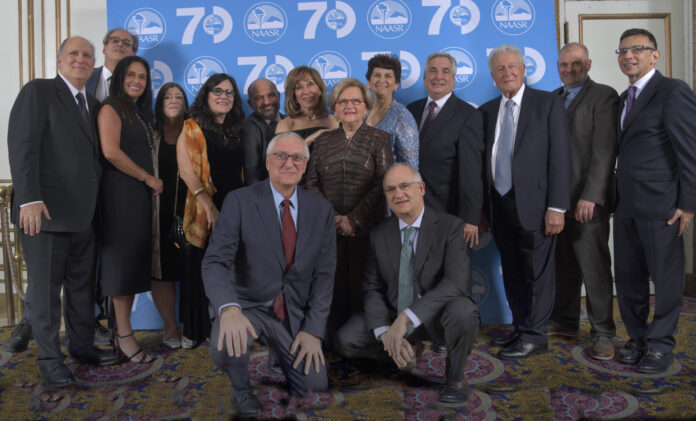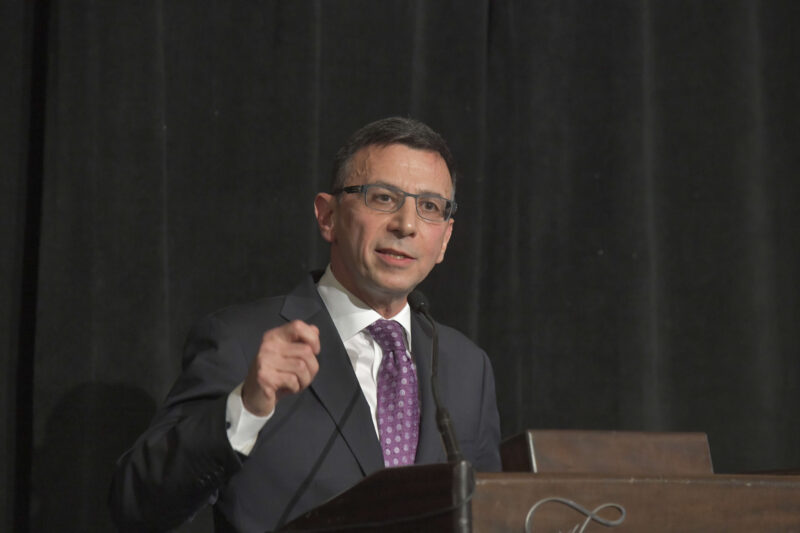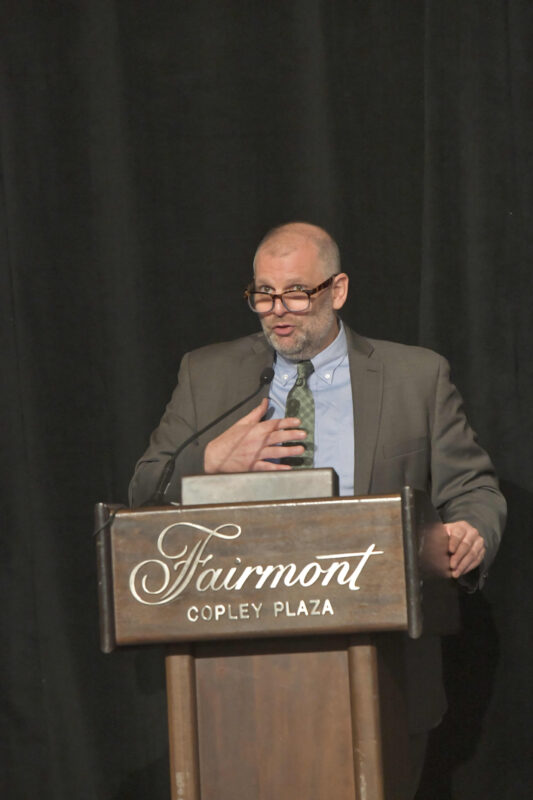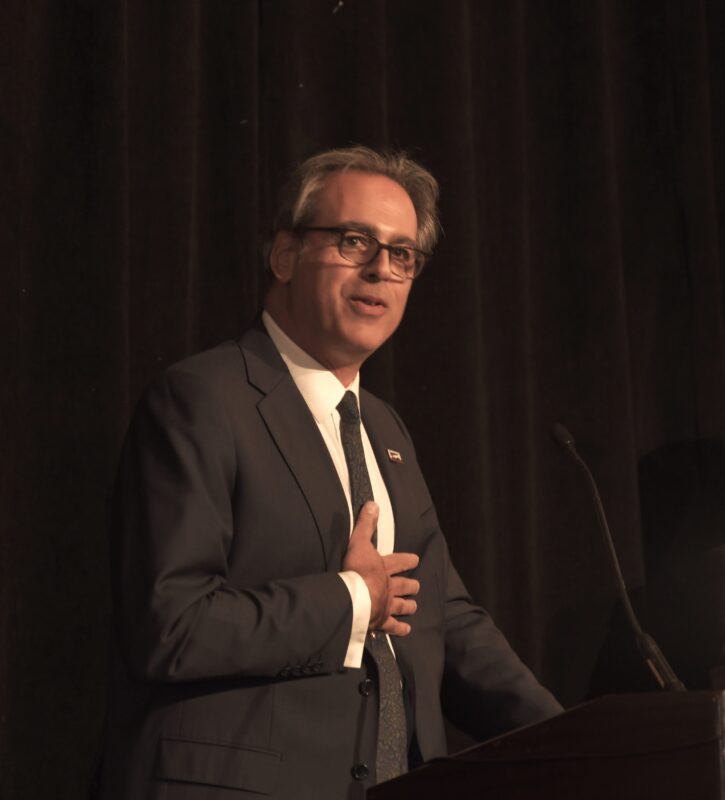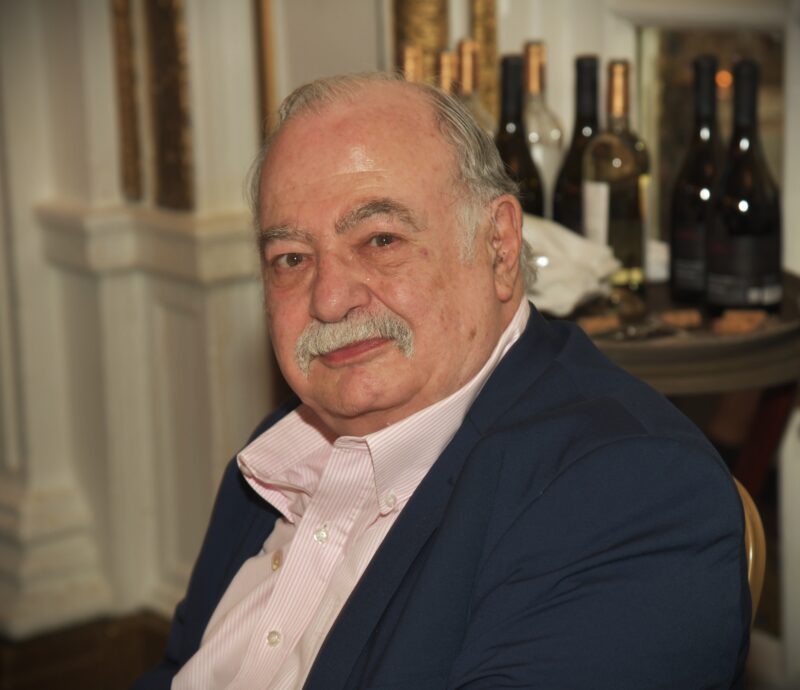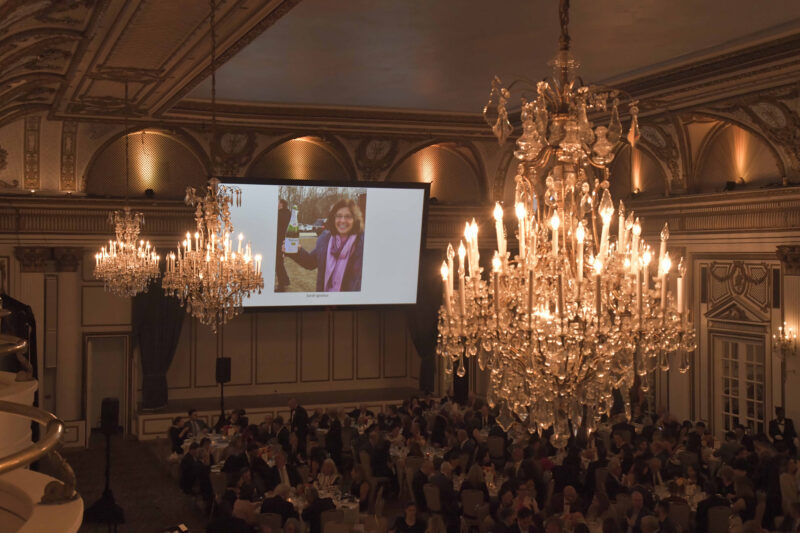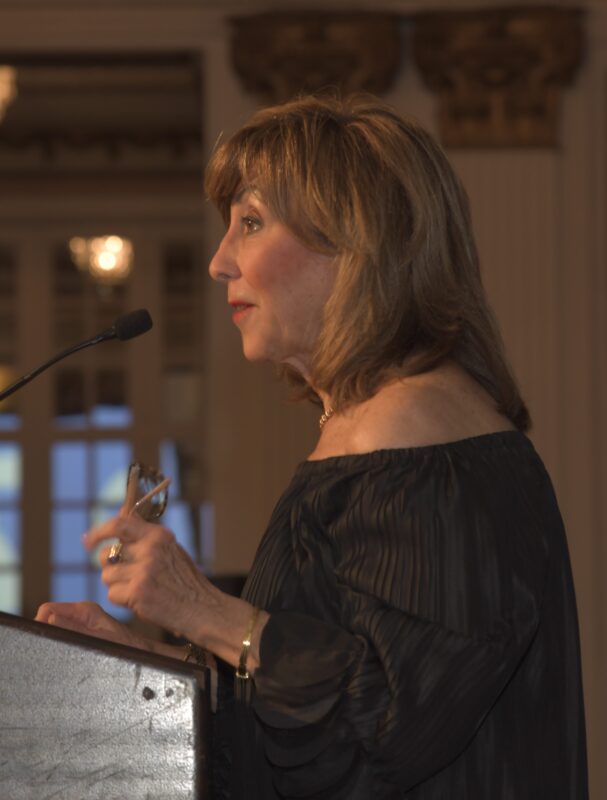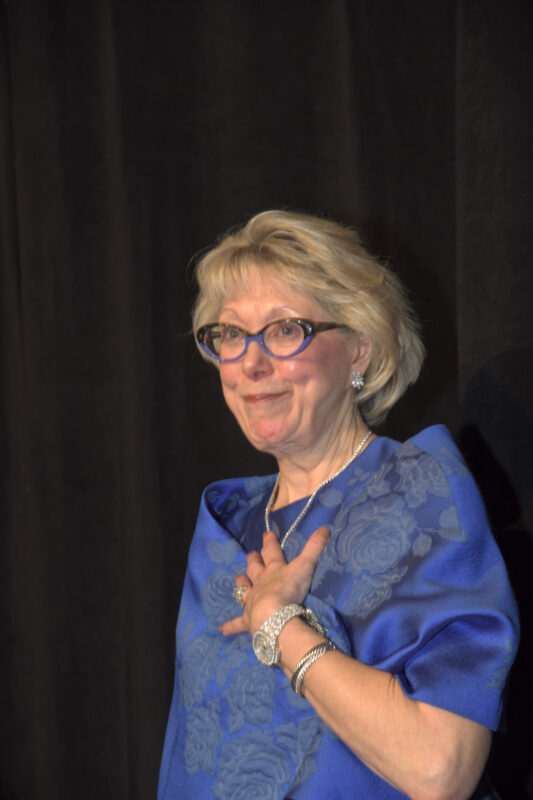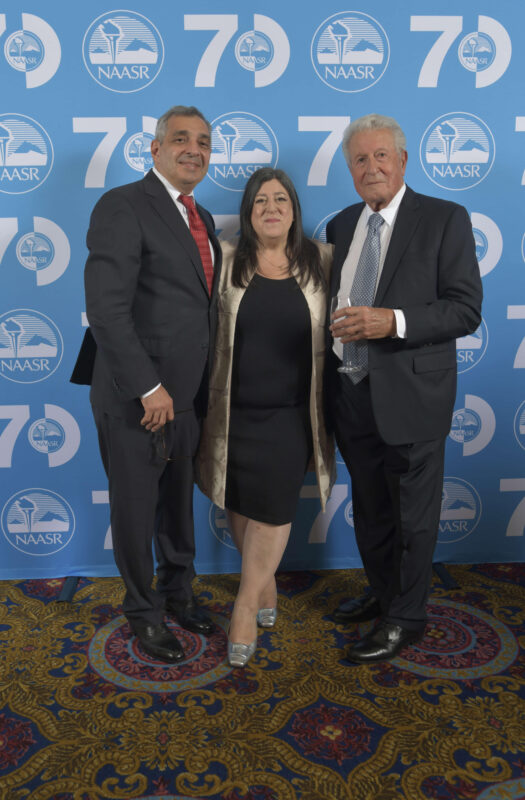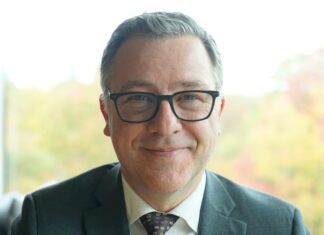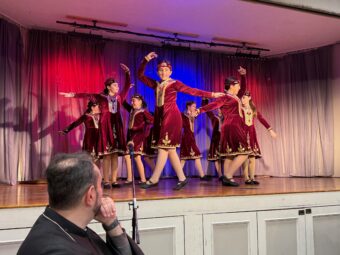BOSTON — The National Association for Armenian Studies and Research (NAASR) celebrated its 70th anniversary in a grand way with a gala banquet at Boston’s Fairmont Copley Hotel on October 4. The program highlighted new endowments allowing NAASR to increase the scope of its activities, honored a number of important intellectuals, and featured as keynote speaker Dr. Anthony Marx, president of the New York Public Library (NYPL).

Two masters of ceremonies, Thomas Simsarian Dolan and Nora Lessersohn, kept the evening’s program moving with their lively banter. Dr. Dolan, a faculty fellow in Middle Eastern and South Asian Studies at Emory University, is writing an institutional history of the AGBU, editing a volume on the 2020 Artsakh war, and consulting with Los Angeles County’s Anti-Racism, Diversity and Inclusion Initiative. Dr. Lessersohn is a lecturer in history at the University of Southern California’s Washington D.C. campus who has written about her Armenian great-grandfather Hovhannes Cherishian, and now is completing a manuscript on Christopher Oscanyan, a 19th-century Armenian-American figure involved in politics and entertainment.
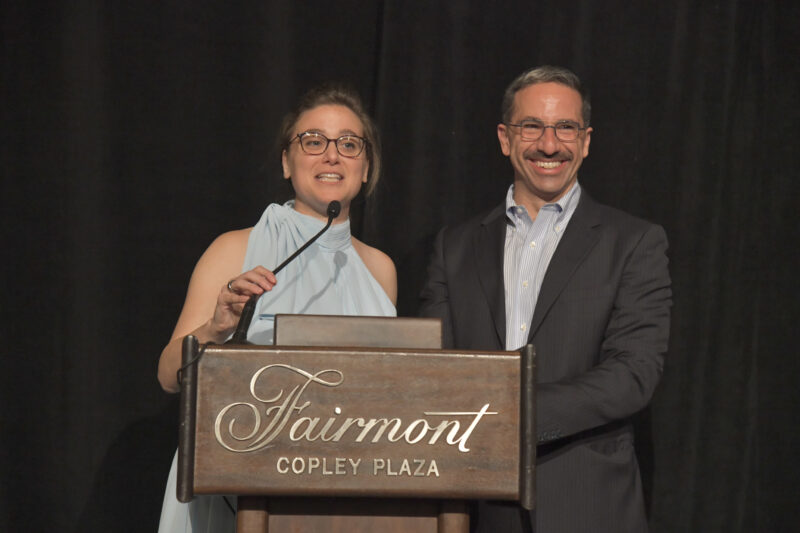
The two hosts revealed that they each had benefited from NAASR’s support over the course of their careers. They invited Very Rev. Fr. Hrant Tahanian of St. Stephen’s Armenian Apostolic Church of Watertown, MA, to say a few words before blessing the table. Fr. Tahanian asserted that NAASR was an irreplaceable institution.
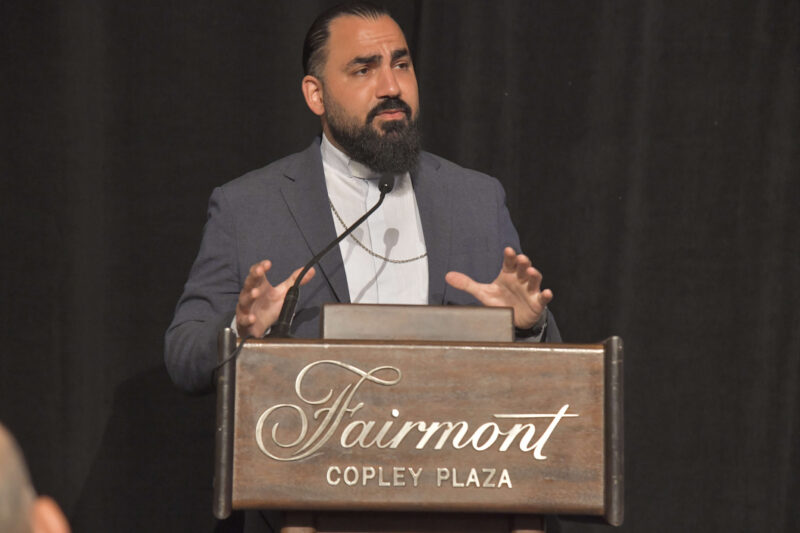
Dr. Sharon Chekijian was then introduced by Dolan. Co-chair of NAASR’s gala committee, together with Margaret Mgrublian, Chekijian recently had been appointed Chair of Emergency Medicine at the National Institute of Health of the Republic of Armenia. She observed that though it is physically located in the Boston area, NAASR has created a community throughout our virtually connected world, especially in the post-Covid era.

She thanked the evening’s sponsors, the NAASR board of directors, the executive committee, and gala committee for all their work — including Nancy Kolligian, Joan Koligian, Phyllis Dohanian, Marc A. Mamigonian, Ara N. Araz, Ara Arakelian, Houry Boyamian, Susan Jerian, Monique Balayan and treasurer Brian Ansbigian.
Exciting Developments



